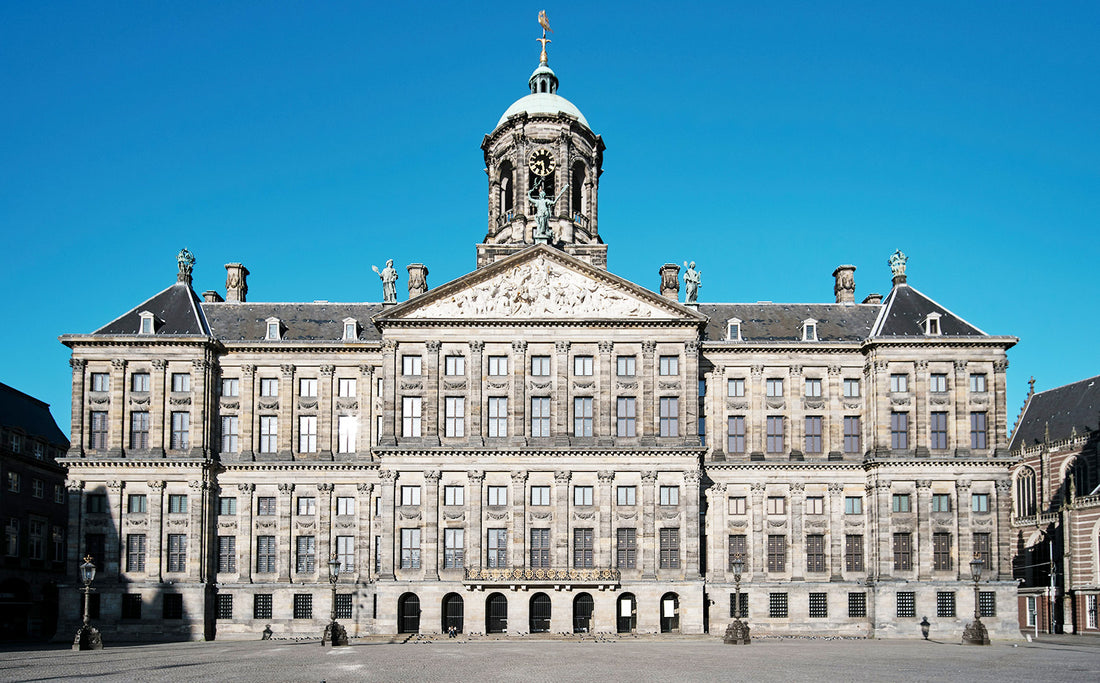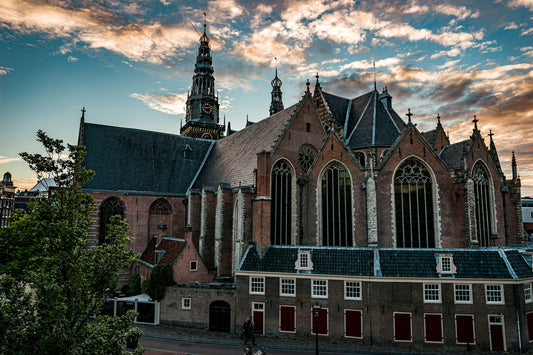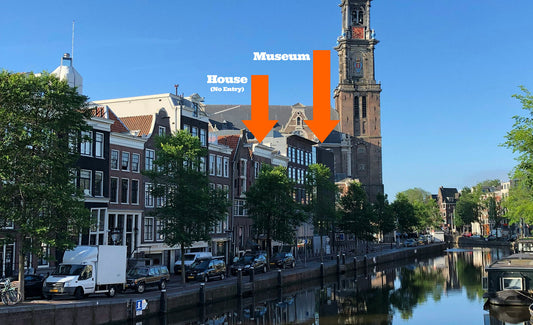The Koninklijk Paleis Amsterdam, or the Royal Palace of Amsterdam, stands as a regal testament to Dutch architectural splendor in the heart of Amsterdam. Originally constructed in the 17th century during the Dutch Golden Age, it was intended as the city hall for the magistrates of Amsterdam. Designed by the celebrated architect Jacob van Campen, the palace is a prime example of Dutch Classicism, embodying the grandeur and intricate detailing typical of the period. Its facade, adorned with sculptures and reliefs, narrates tales of justice, peace, and the city’s prosperity, serving as a symbol of Amsterdam’s historical significance and civic pride. Notably, the facade features mythical unicorns that symbolize purity and strength, enhancing the allegorical narrative of the architecture.
Transitioning from a city hall to a royal palace in the early 19th century under the reign of King Louis Napoleon, brother of Napoleon Bonaparte, the building underwent significant transformations to suit its new role. Today, it functions predominantly as a ceremonial venue for state visits, royal receptions, and other official events. The palace is not only a working palace but also opens its doors to the public, offering a glimpse into its opulent interiors. These feature impressive artworks, including sculptures and paintings that enhance its historical narrative and aesthetic appeal. This accessibility allows both locals and tourists to explore a key piece of the Netherlands' royal heritage, making it a popular and culturally enriching destination.




